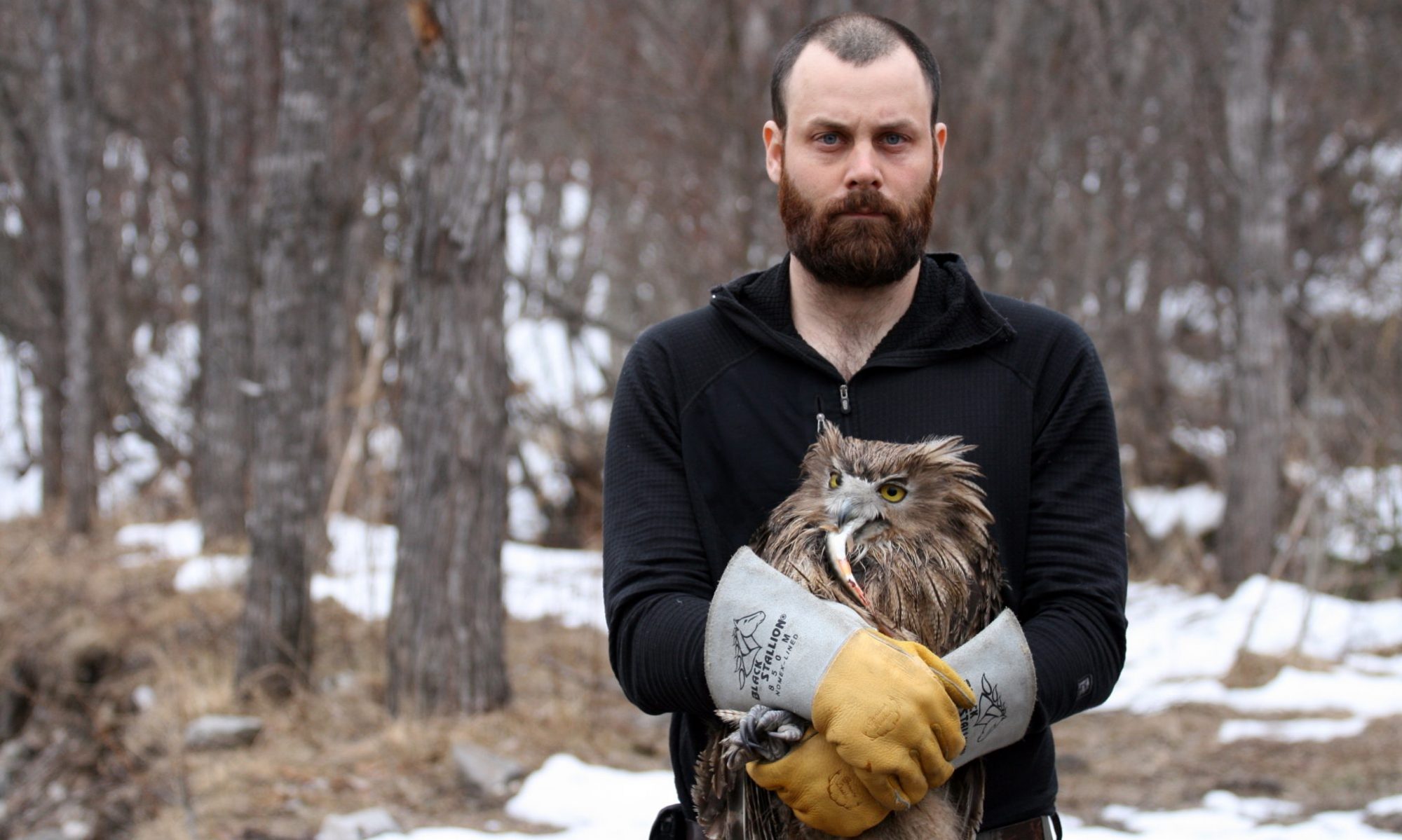
A few years ago I was helping a colleague track Siberian musk deer in the Sikhote-Alin Biosphere Reserve. She was a graduate student studying the behavior of these fascinating, spritely creatures, and was in the middle of a grueling field season collecting reams of movement data from several radio-tagged musk deer.
One afternoon, in the middle of a day hike, we turned up a narrow valley dominated by Korean pine while tracking a male musk deer. This was a lush gorge bisected by a gurgling brook that further masked our footsteps already dampened by the carpet of pine needles. This stealth allowed us to obliviously approach then flush a trio of roe deer then later a sounder of at least a half-dozen wild boar.
The musk deer’s radio signal led us up a steep slope to the valley crest, where the signal suddenly exploded in strength like the sun from out behind the clouds: we had located our prize. The animal was there somewhere, immobile with his brown coat melting into the mess of wind-fallen trees and tangles of shrubs, and he was almost certainly observing us.
We took off our packs and sat quietly on the forest floor. I raised my binoculars and peered intently at the shadows and stumps for a twitching ear or a shifting eye; something or anything to betray the musk deer’s location.
After a few minutes of fruitless, silent scrutiny I discerned movement behind us, out of sight but audible on the far side of the ridge. A muffled noise at first but one that became clearer as the distance between us and it decreased; an animal ascending the hill as we had. It sounded big. In my mind I saw a large male boar, probably a straggler from the sounder we had spooked earlier, and I didn’t like how close it was getting. Wild boar can be dangerous.
Then, three things seemed to happen at once: a brown bear materialized on the ridge, a brown bear noticed us, and a brown bear charged.
The creature had crested very close to our location—only twenty meters off by my reckoning and half that by my companion’s— and was already in a gallop with its trajectory aimed somewhere around my chest. My brain was still processing the word “bear” when my colleague popped her Russian hand flare—a roaring meter of blinding fire—and the enormous mammal pivoted down slope and disappeared with a series of ever-distant crashes. Whereas my imagination had painted a wild boar in my thoughts, the shuffled gait had conjured a bear in hers and her flare was ready. It’s a good thing it was.
I don’t think the bear meant us any specific harm. My belief is that it smelled us from afar and sensed we were nearby but could not see us; a discomfort that caused the animal to bolt. It was our bad luck that the path it chose for escape was one that went right through us.
Later, back at the research cabin, we laughed nervously about our chance meeting with the bear. My companion expressed awe at the diversity of Russian swear words I can effuse in rapid succession, and we wondered how this all must have looked to the musk deer. We never did see him, but the animal had undoubtedly watched the whole frenzied encounter. First two humans and then a bear, and then the thunder of a flare and a lot of yelling and running away; a series of unexpected beasts for all involved.
—————————
For more on the Wildlife Conservation Society’s musk deer program, a collaboration with the Sikhote-Alin Biosphere Reserve, the Pacific Institute of Geography, and the Severtsov Institute of Ecology and Evolution, please follow this link.

Good reflexes to go for the flare!
LikeLike